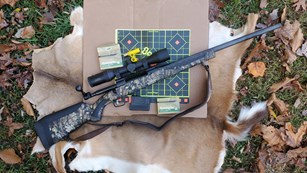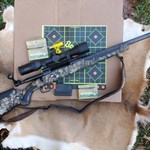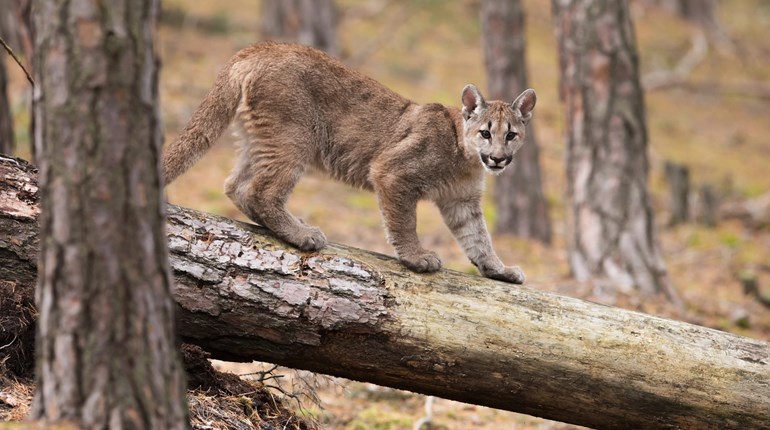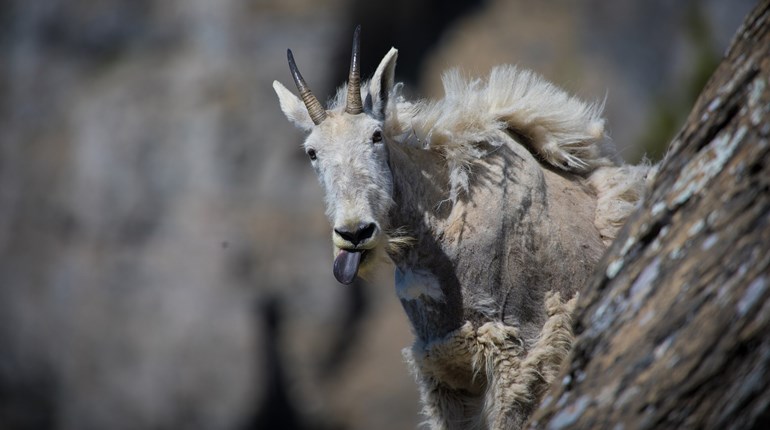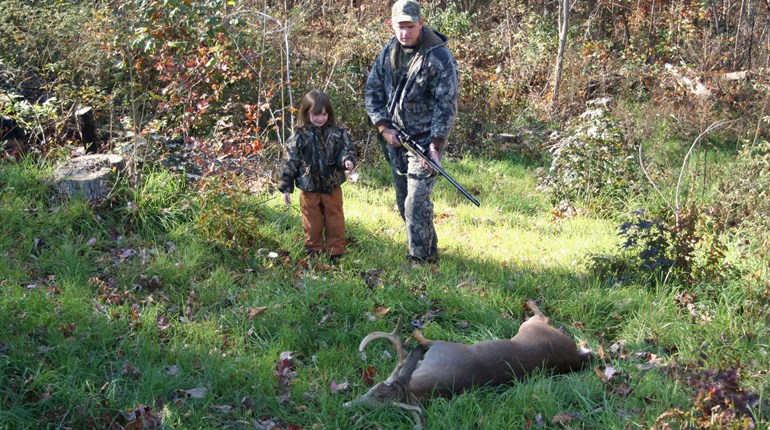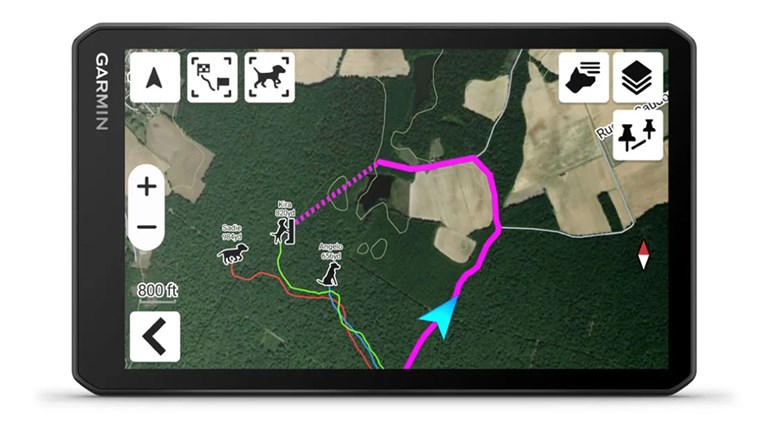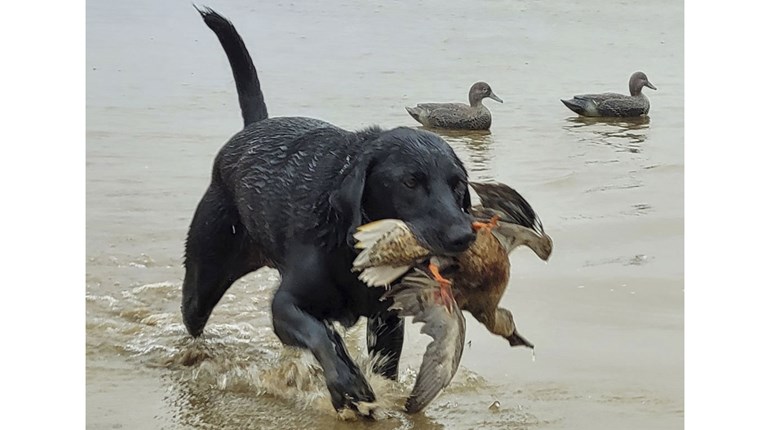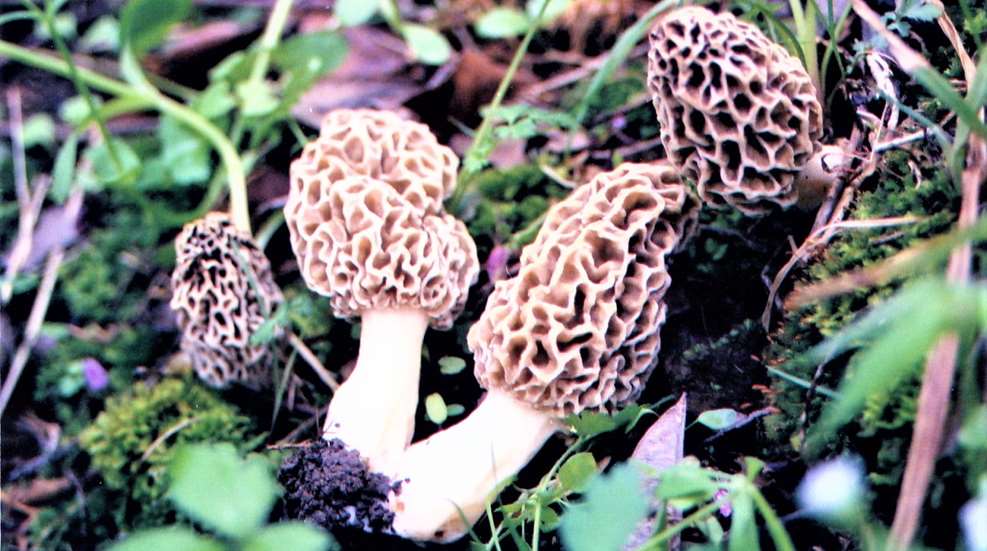
If you’ve never foraged for mushrooms, it’s a great excuse to explore the woods and waters. And it’s hard to put a price tag on potential bounty, although fresh morel mushrooms can fetch between $20 to $100 a pound depending on availability. At the same time you’re hunting morels, there’s a good chance you’ll stumble into delicate fiddlehead ferns and wild ramps (e.g. onions), especially near streams and creeks.
Nothing beats the simple combination of all of the above, sliced and fried in lots of butter—even better in cast-iron over a campfire grate. Pair with a couple small brook or brown trout in tin foil and you’re really living the high life.
Morel Identification
Worried about misidentifying morel mushrooms? Rest easy and know that morels are just about the easiest fungus specimens to safely identify for the table.
There are two basic varieties of morels in most midwestern states: “yellows” and “grays/blacks”. If you get into serious mycology and start talking mushroom DNA, experts delineate ‘grays’ and ‘blacks’ as different mushrooms, but for the sake of basic morel hunting, we’ll combine them into one.
Grays/blacks are the first to pop in spring, but are typically harder to locate given their average size of a half-inch to 4-inches tall. Seems like those first to emerge will be on south-facing slopes in transition from wooded areas with more sunlight. As the season progresses, you’ll continue to find grays/blacks deeper in forested areas.
Yellow morels follow these early-risers and are a little easier to pick out amidst leaf clutter and the rest of the forest floor. Yellows can range in size from 1-inch to a foot tall. In 2015, I harvested a yellow in southeastern Minnesota that was larger than a Gatorade bottle, the morel equivalent of a 30-inch-plus walleye. One mushroom fed four of us.
Here are a few tips to get you started down the path of Minnesota morel foraging. You might just find it becomes an annual tradition.
TOP 10 MOREL HUNTING TIPS
1) Imprinting: The kids and I keep an 8.5” x 11” morel photo on the truck dash to glance at when driving from spot-to-spot. It helps us mentally and visually distinguish morels in the wild—typically camouflaged by forest-floor vegetation.
2) Choose your region, south to north: The morel progression is south to north, so it’s best to start the season in southeastern or southwestern state areas and move up in latitude as spring progresses. It’s morel-hunting time when night-time temps are consistent in the high 40s to low 50s at night with daytime temps in the 60s, occasional rain and a return to soil temperatures between 45 and 50 degrees.
3. Dead or dying elms – According to experts, morels and elms have a symbiotic relationship. Once an elm starts to die, dormant morel mycelium in the ground is energized, eventually emerging top-side as fruiting, edible fungus.
4. South- and West-facing slopes – South- and west-facing slopes are the first to warm in spring, and the first place most morel hunters look. The slope could be a grassy hill, transition area from wooded area to open ground, to slight deviations in the elevation and angle of the forest floor farther in the woods.
5. Apple Orchards – Like dying elms, morels have some kind of connection to dying apple trees and orchards should be on your list of high-probability areas to explore.
6. Green & White Ash Trees – Social media suggests that morel finds are growing every year near green and white ash trees, many of which are dying or dead due to Emerald Ash Borers.
7. Burned or logged areas – Controlled-burn and recently-logged land tracts can produce both gray/black and yellow morels—occasionally in “mother-lode” quantities.
8. River & Creek Bottoms – Some foragers are partial to river and creek bottoms with willow growth, typically areas that receive ample sunlight during the day.
9. Cut ‘Em Above Ground – To preserve the mycelium/root structure of morels and their “colonies”, carry a sharp knife and remove the mushroom by slicing it a half-inch or so above the soil, thus leaving part of the stem and root system intact for future growth.
10. Onion Sacks – Readily available and practically free, a mesh onion bag works great for gathering and transporting morels. Although some morel hunters consider spore repopulation hogwash, any chance of morel spore redistribution when walking the woods is probably a good thing.









